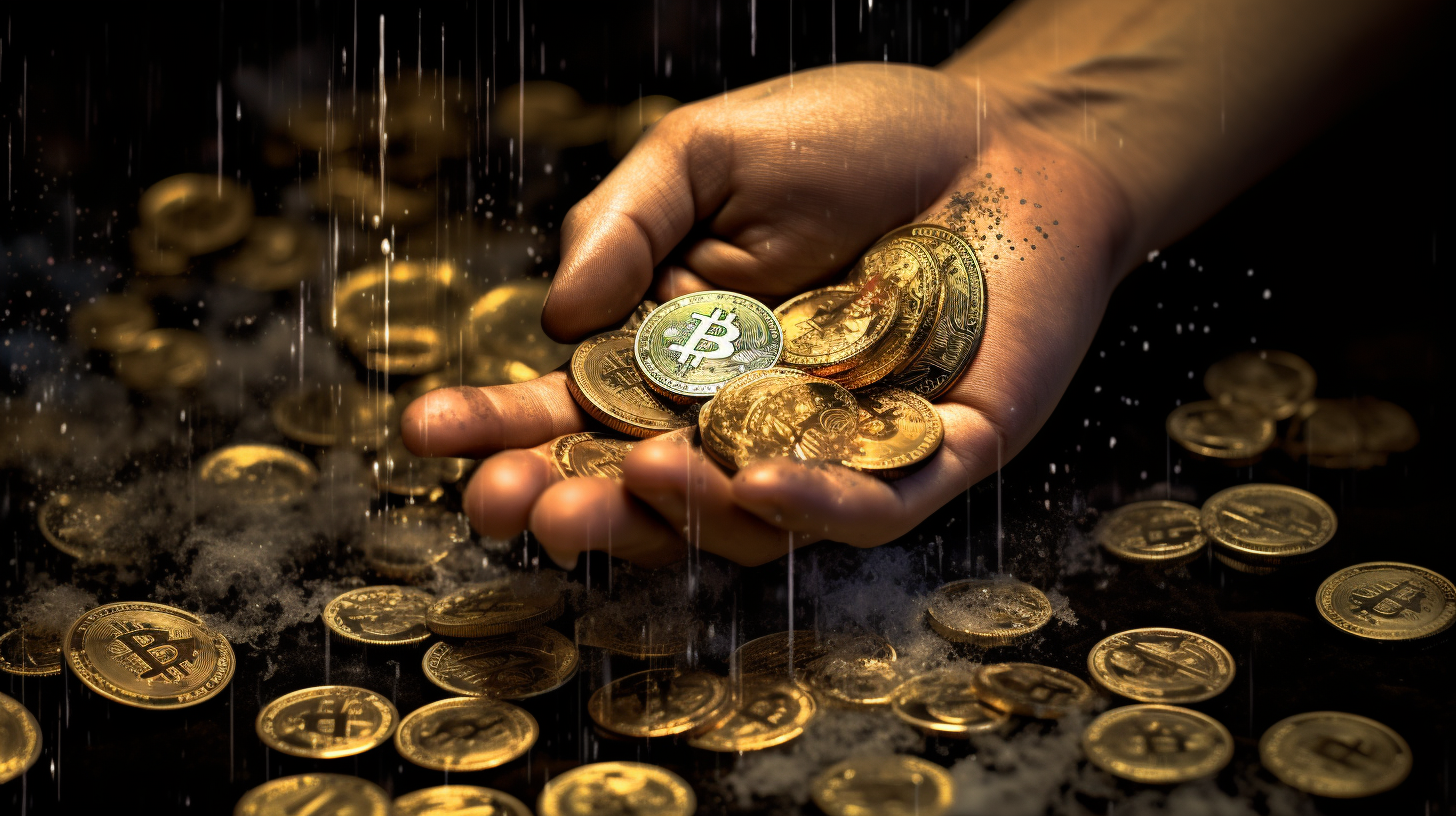In an era where digital transformation is the norm, blockchain technology emerges as a beacon of hope in the relentless fight against world hunger. It’s no news that cryptocurrencies and blockchain technology have left indelible marks on various industries, but their role in agriculture, especially in tackling the monumental challenge of food scarcity, is a burgeoning field ripe with possibilities.
Imagine a scenario where every grain of rice, every kernel of corn, and every potato can be tracked from its source to the dinner table. This is the promise of blockchain in agriculture. The decentralization of data ensures a transparency hitherto impossible in the food supply chain, while providing incorruptible integrity that combats food fraud, one of the many plagues affecting global food distribution.
"Sowing seeds of change" isn’t just a metaphor when it comes to blockchain’s intervention in world hunger. The use of smart contracts automates processes such as the distribution of subsidies or aid to farmers in developing countries. This ensures that funds and resources are neither lost in bureaucratic labyrinths nor devoured by the scourge of corruption. Instead, they reach those who really need them, from the smallest plot holders to cooperative unions.
Consider the success stories highlighted in ‘Champions of Change’, where crypto empowered women entrepreneurs to expand their agricultural reach. Now, extrapolate that to a global scale, where digital wallets teeming with empowering cryptocurrencies not only allow women, but entire communities to trade freely, across borders, without the onerous tethering of fiat currency restrictions.
Furthermore, ‘Circuits and Seeds’ marries AgriTech with blockchain, showcasing how this synergy could potentiate efforts to fight food scarcity. Tokenization is the key here; farmers can tokenize their produce, allowing for fractional ownership, pre-sale, or investment in crops, which in turn provides the necessary financial influx to optimize yield and reduce waste — crucial steps toward satiating the hunger of millions.
Tokenization dovetails neatly with entitlement programs that can alleviate the issue of overproduction and misallocation of resources. Picture a blockchain platform where aid organizations can purchase tokens representing a certain amount of produce, which can be distributed fairly and equitably, taking food directly to where the need is direst.
Despite the obvious benefits, caveats do exist. Volatility in cryptocurrency markets is a concern; today’s boon could be tomorrow’s bane. Yet, the resilience of the crypto market has seen through worse and has always emerged with innovative solutions to stabilizing this volatility.
Education is another cornerstone for this change. Not just in understanding and using technology, but also in changing mindsets. Local farmers need to understand the benefits of blockchain far beyond the buzzword — it is not just a tool of trade but a lifesaver in their hands.
In closing, blockchain technology is more than just ledger lines and smart contracts — it is the vital connective tissue that binds the world in a network of trust and reliability. With each passing day, it empowers the impoverished and feeds the hungry. Its potential is as bountiful as a harvest, and its promise as fulfilling as a square meal. It’s a narrative of hope, of a world where cryptocurrency isn’t just a currency; it’s a life-changing force for the better.
